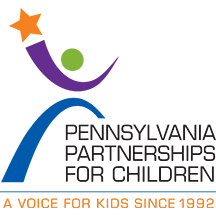The Prenatal-to-3 Policy Impact Center at The University of Texas at Austin LBJ School of Public Affairs released its 2021 Prenatal-to-3 State Policy Roadmap, which compares the investments states are making to support children and families. The roadmap is published annually for policy leaders and advocates to guide how each state can implement effective state-level policies and strategies that promote equity and measure the well-being of infants and toddlers. The guide also monitors each state’s progress toward implementing effective solutions for the prenatal-to-3 population.
The roadmap looks at five state-level policies and six strategies that positively impact one of eight prenatal-to-age-3 policy goals:
- Access to needed services
- Parents’ ability to work
- Sufficient household resources
- Healthy and equitable births
- Parental health and emotional well-being
- Nurturing and responsive child-parent relationships
- Nurturing and responsive child care in safe settings
- Optimal child health and development
Pennsylvania has successfully implemented one of the five state policies that impact one policy goal: expanded income eligibility for health insurance. Unfortunately, Pennsylvania has much more work to do in the other policy areas, including reduced administrative burdens for SNAP, and implementing legislation for paid family leave, an increased state minimum wage, and a state earned income tax credit.
Pennsylvania Partnerships for Children is working strategically with the Prenatal-to-Age-Three Collaborative to address some of the policy roadmap goals, policies, and strategies to serve our prenatal-to-age-3 population better. Under Early Learning PA, which includes Start Strong PA, Childhood Begins at Home, and Thriving PA, these statewide campaigns seek to put forward policies that positively make a difference in the lives of infants and toddlers, as well as their families. Using this roadmap and working with stakeholders, our goal is to increase access to high-quality services for infants and toddlers and their families by 50% by 2025.

